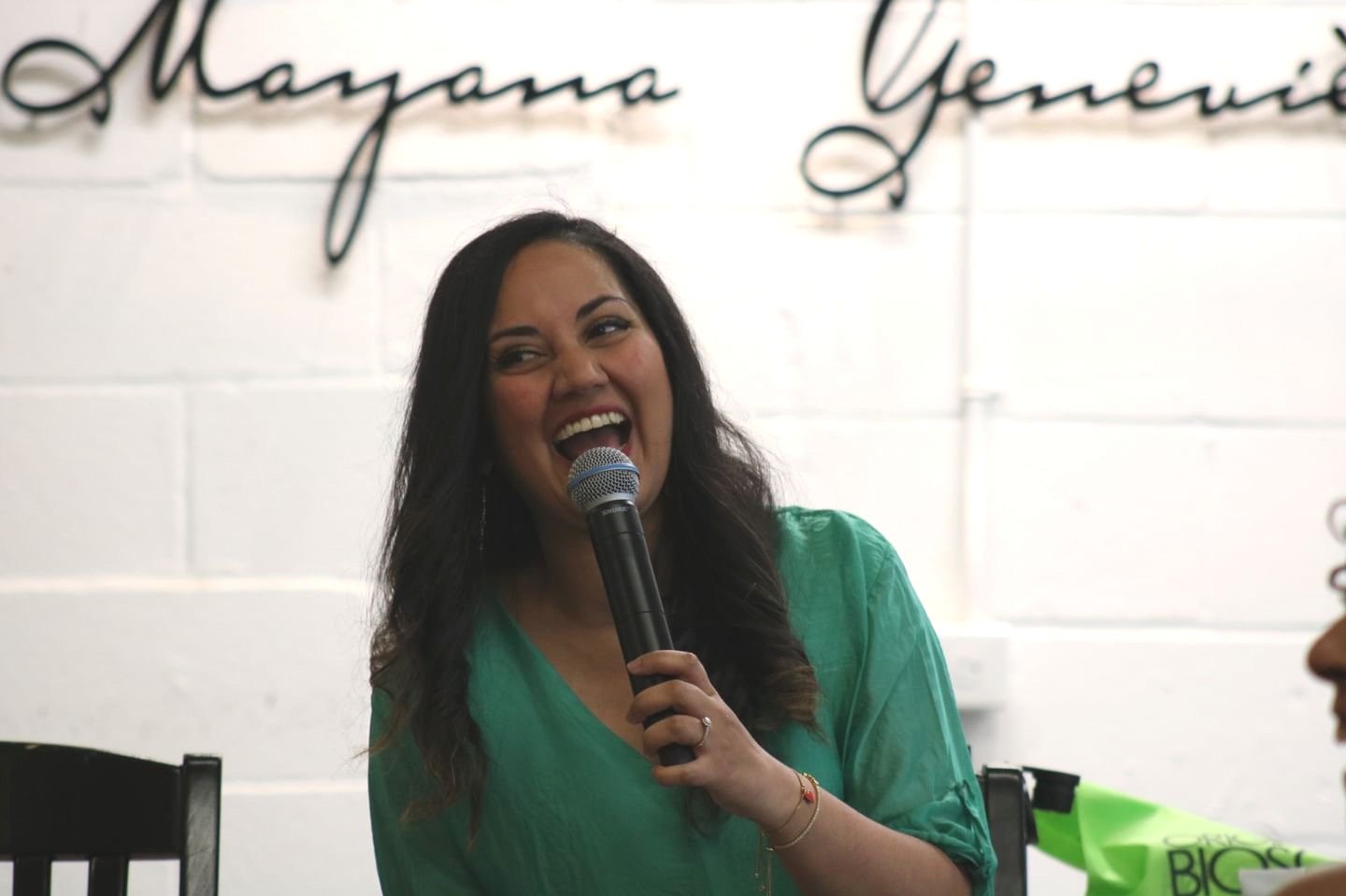Switching to Apple’s Native Apps
Since iOS 11 came out, I’ve been forming new opinions on apps and what I want to use on my phone. When I was an Android user, I would try not to pay for apps, and had reasonable success doing so. Call it the open source mentality, sure, but Google also had pretty great native apps — especially when they rolled out Material Design. When I switched to iOS, I went a little app crazy. I wanted to try everything. I was also more willing to pay for apps, mostly because more apps cost money. But recently, I’ve decided to cut out most 3rd party apps and focus on the native apps Apple sends with the phone. Here’s why.
iOS Native Apps are Getting Better, Quickly
The reason it took me so long to move to iOS and be happy with it is because Android had better syncing and cohesion much sooner that Apple did. It’s hard to remember now, but iCloud didn’t exist until years after the iPhone came out. I also just liked the overall experience of Android better.
But now, with iOS 11, things are very different. Handoff is so much better than anything Google has put out. I think iOS 11 apps look better than they did the last 2 years, and features are finally there for me to use and like them.
Native Apps: Notes, Reminders, Safari, Podcasts

With iOS 11, I switched to these apps over what I was using before: Bear Notes, Todoist, Chrome, Pocket Casts.
Notes in particular got a much better feature set in iOS 11, which better formatting support, native doc scanning, and more. The Apple Pencil integration on iPad is killer. I love Bear Notes, and if you want a change, I’d recommend it. But Notes has been good for me so far.
Reminders is sufficient for what I use in a todo list app, plus sharing with my wife is super easy since she’s got an iPhone as well.
Safari is faster than Chrome and better integrated into the operations systems. Plus, both default security settings and the bookmarks bar are real nice.
I didn’t have a really good reason to switch to Podcasts, other than curiosity. Truth be told, I like Pocket Casts a little better, so I might be switching back to that.
Non-native Apps: Airmail 3, Fantastical, Spotify

I’m sticking with 3rd party for my music, email and calendar. Mail and Calendar on iOS still leave a lot to be desired; “Snooze” in email is a must for me. Spotify is just too good. I’ll be hard-pressed to move from that to Apple Music, but I won’t rule it out. And Fantastical is the best calendar app I’ve ever used.
Using Airmail is a switch from the past year, where I’ve been using Newton though. That brings me to my next point.
I’m saving at least $95/year
Newton, Bear, and Todoist all have an annual subscription model. Here are the costs:
- Newton: $50/year. Airmail – 1 time cost of $10.
- Bear Notes: $15/year. Notes – Free
- Todoist: $30/year. Reminders – Free
I simply don’t see the value in paying for what I feel should be normal features, annually. Newton says their high annual cost is to support the syncing infrastructure. Airmail uses iCloud and I’m quite happy with it.
The same goes for Bear Notes. It’s a wonderful app, that I’d gladly pay 1 time to use. But paying every year for themes and iCloud sync support isn’t worth it. Todoist charges $30/year for what I feel should come with any todo app – namely reminders. So I’ve switch off that too. Again, it’s a great app. But I’m trying to save money and annual app subscriptions are easy for me to cut out.
The App Subscription Model
Here’s the problem with the app subscription model: every year, I’m forced to think about if I’m willing to pay for an app again. I gladly paid for each of those apps last year. But now, 12 months later, I don’t feel like I’ve gotten enough value to pay for them again. Certainly not when there are other apps that don’t charge me annually to use them.
If you’re going to have a free -> subscription app, it needs to continually deliver great value. It should either be crucial to someone’s business, where they directly make money, or it need to keep adding great features.
A good example is Ulysses – a writing app for iOS. I’d love to try it out, but I’m not going to pay to keep using it every year when I have iA Writer, which I’ve paid once for, or Google Docs, which is free.

I much prefer Tapbot’s approach to apps. With Tweetbot, I pay $20 one time to use the app forever. When they do a new major release, say from version 3.0 to 4.0, it’s another $20. This supports the developers and lets me know that they feel they’ve added enough value to justify the cost. And as far as I can tell, they don’t release a new app every 12 months.
So Far so Good
I’ve been enjoying the native app switch so far. I don’t really miss any functionality in the old apps (except maybe markdown and formatting in Bear Notes). I’m saving money and getting tighter integration with the rest of my ecosystem. I’d say that’s a win-win.


